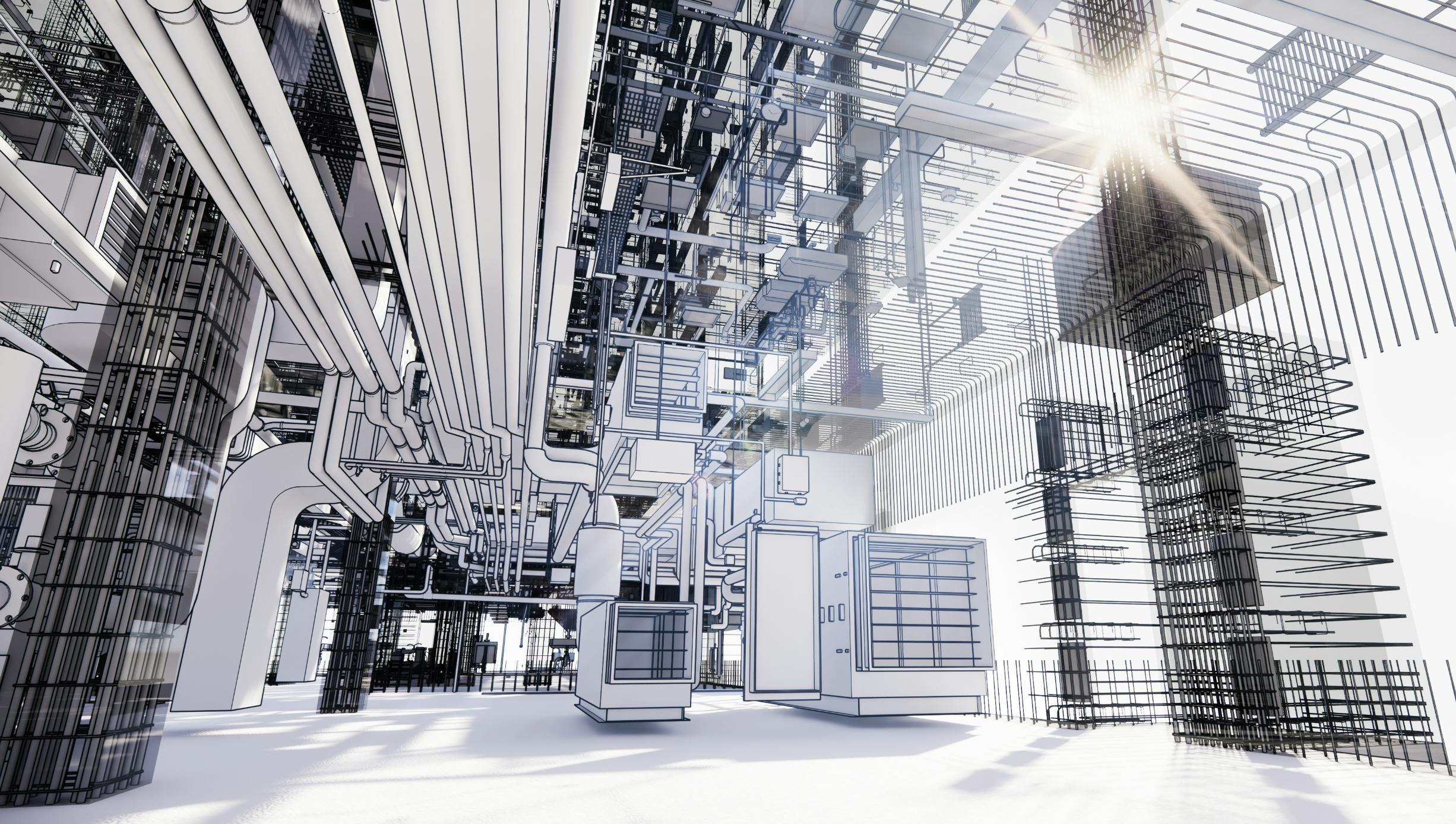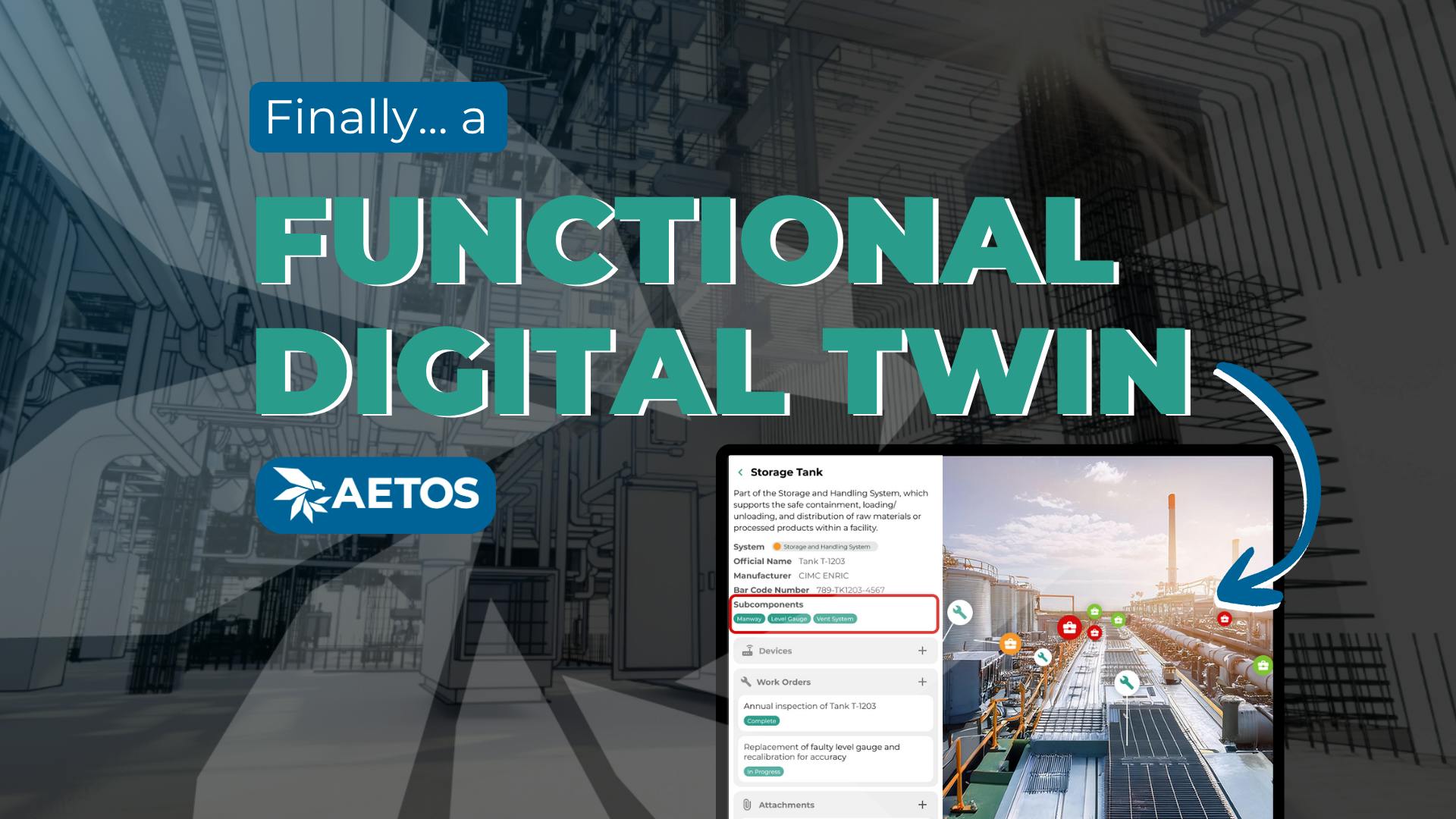What is a digital twin and how is it used in design & construction?
A digital twin is a product of technology, one that has proven to be extremely useful to the fields of architecture, engineering, and of course – construction and design. A digital twin is a replica created and available thanks to technology. This can be a replica of a room, a building, a railway, an entire campus, etc. It’s one of the most accurate, most helpful ways to bring together construction, design, and operational data.
Based on digital twins, experts can make informed and wiser decisions. Over the years, these have become key enablers in the industry. Having a digital representation of what the project will result in, or one that pinpoints the physical asset in a 3D image – is now irreplaceable in the industry.
Digital twins have certainly managed to transform the construction industry. If you stop to consider how many people are included in the construction of just about anything, you’ll realize how helpful a 3D rendering of the asset can be. Constructions include people like architects, contractors, regulators, business owners, investors, and designers. With a simple digital tool, everyone can be included and up to date, and collaborate to make the best out of every situation.
In the design world, this has become one of the strongest tools to appeal to the audience, help people visualize the project, and avoid misunderstandings and errors along the way.
How Do Digital Twins Work?
Digital twins are multidimensional models of an asset. Tools like Matterport are used to turn the physical asset into tridimensional one, offering users the opportunity to visualize, plan, and anticipate their next moves. Whether this is a virtual creation of a room, a house, or another type of building, it’s certainly more useful to have it ready and in front of you than to leave things to your imagination.
There are different types of digital twins that offer different values to these two industries. These are:
- Descriptive twin – visual replica with editable and live design, as well as data, such as BIM and 3D models.
- Informative twin – in addition to editable features, this twin has increased sensor and operation data integration, offering insights to the users.
- Predictive twin – by using real-time and contextual data and combining this with analytics, the digital twin can identify and report on potential issues in the project.
- Comprehensive twin – this digital twin uses advanced simulation and modeling to offer potential changes and scenarios for the future, as well as recommendations and analytics.
- Autonomous twin – one with the amazing ability to use artificial intelligence to learn from the project and make decisions, all by using 3D visualization and advanced algorithms.
Digital Twins and Their Use in Design and Construction
Now that you know what it means, it’s time to unravel the main uses and benefits of digital twins.
For starters, a digital twin provides experts with a very realistic and accurate image that allows them to test potential scenarios, make design changes, and avoid errors. It has this amazing ability to bridge the gap between function and form. In other words, digital twins are blueprints for designs, cataloguing the key information that experts need.
Digital twins can be used at any stage of the process.
It starts with the design when they help designers visualize their idea, make the necessary changes, and get tangible proof of what the final project would look like.
Next, it continues to help the construction process, allowing experts to track a detailed plan and avoid errors along the way, as well as impress investors, potential buyers, and more.
Finally, it assists the management of the building, providing continuous source of information and asset management.
Unlike the traditional construction and design models, digital twins replicate every little detail of the original project. That’s how the digital twin accounts for the processes and behaviors involved in the constructions and building. Through the use of Artificial Intelligence and algorithms, the right digital twin software can create reports, make informed decisions, and give smart recommendations based on real-time data.
Where to start With Digital Twin
Digital twins have taken construction and design planning to a whole new level. They have this amazing capacity to align the plans with the design goals and finally, with their achievement. With the right software at your hands, you can create three-dimensional renderings of the project you had in mind, ensuring that things will run as smoothly as they need until that project is completed.



